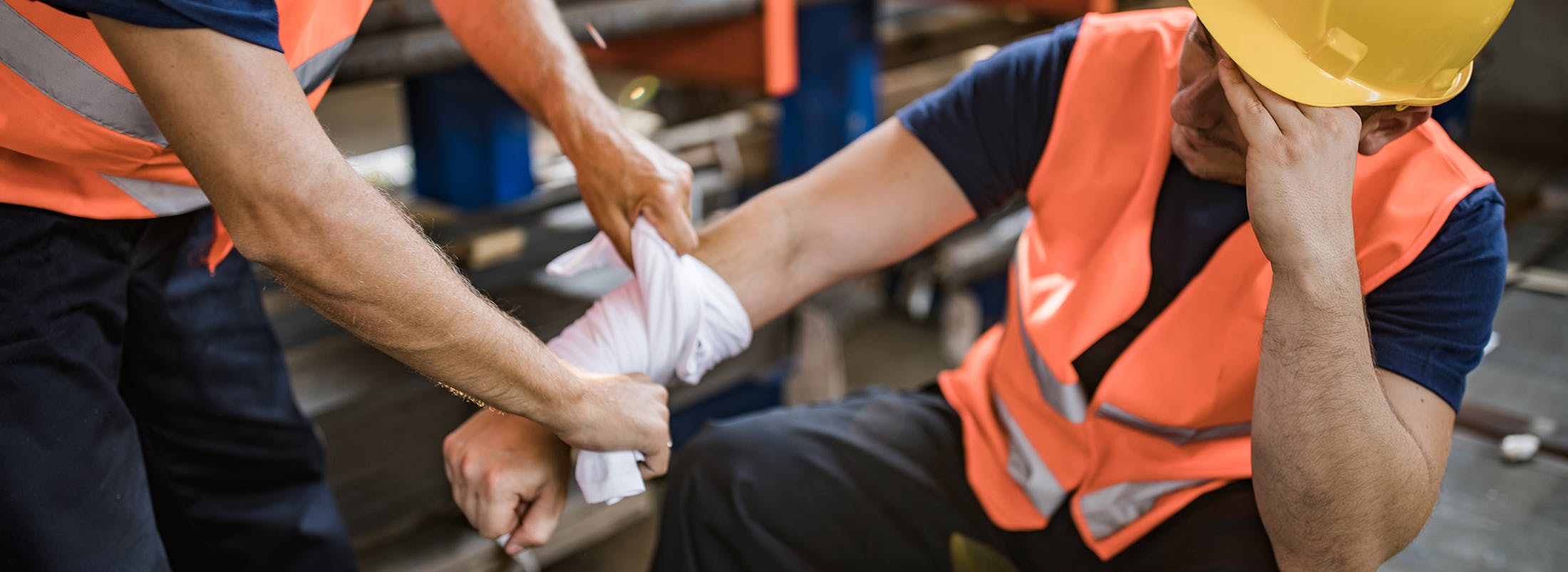Electrocution is one of the “Fatal Four” hazards identified by the Occupational Safety and Health Administration (OSHA) as the leading causes of death in the construction industry.
Types of Catastrophic Injuries for Construction Workers in New York Electrocution Accidents
Electrocution accidents on construction sites can result in a broad spectrum of catastrophic injuries that may cause permanent disability or death:
- Cardiac Arrest and Arrhythmias: Electric currents passing through the heart can disrupt normal electrical signals, causing immediate cardiac arrest or irregular heartbeats that can be fatal without rapid medical intervention.
- Severe Burns and Tissue Damage: Electrical burns can be both external and internal, affecting deep tissues, muscles, and bones. These burns frequently require extensive surgery, including skin grafts and amputations.
- Neurological Injuries: Electric shock can cause nerve damage, paralysis, or lasting neurological deficits such as seizures, chronic pain, or loss of motor function.
- Respiratory Arrest: Electrical current may disrupt the respiratory center in the brain or paralyze respiratory muscles, leading to breathing cessation.
- Muscle and Bone Injuries: The intense muscle contractions caused by electrical current can cause fractures, dislocations, or compartment syndrome requiring emergency treatment.
- Secondary Injuries from Falls or Being Thrown: Sometimes the initial electric shock causes a worker to lose balance or be thrown from a height, resulting in traumatic brain injuries, spinal cord damage, or multiple fractures.
- Eye and Hearing Damage: Arc flashes or explosions caused by electrical faults can lead to blindness, retinal burns, or permanent hearing loss.
- Psychological Trauma: Survivors of electrocution frequently endure long-term psychological effects such as post-traumatic stress disorder (PTSD), anxiety, and depression, impacting quality of life.






